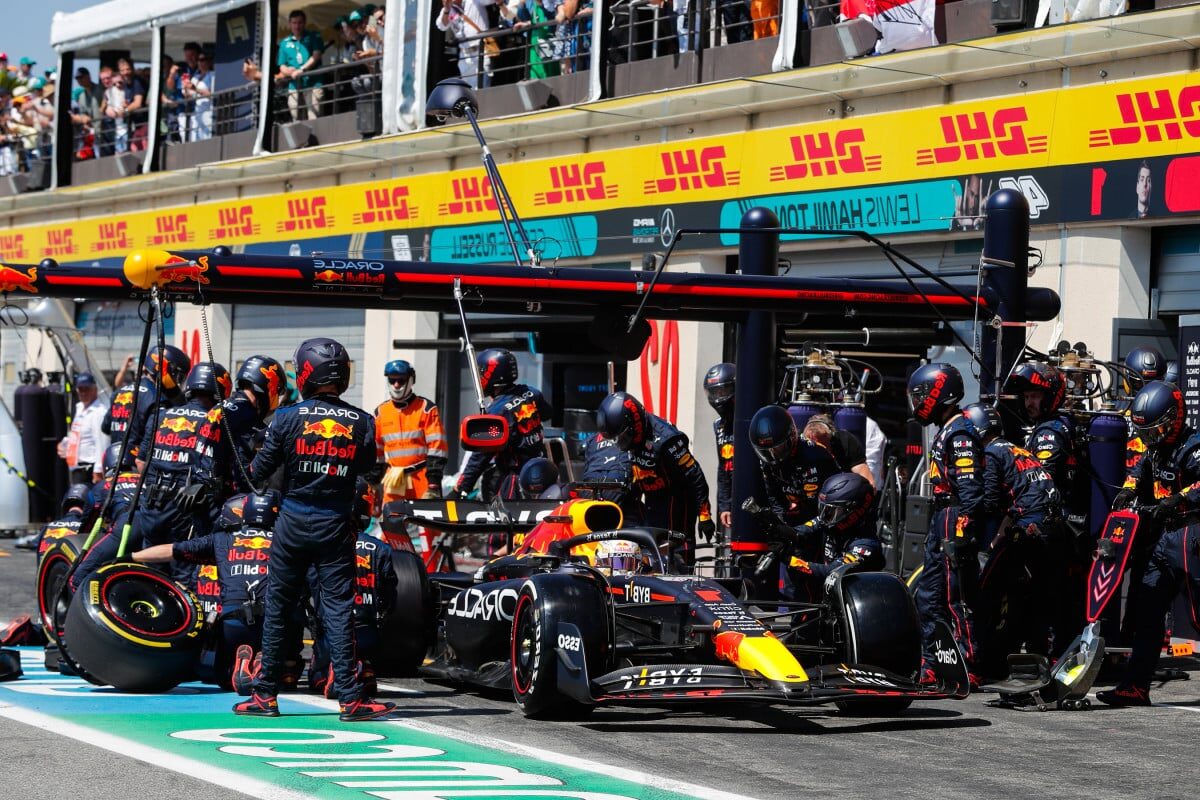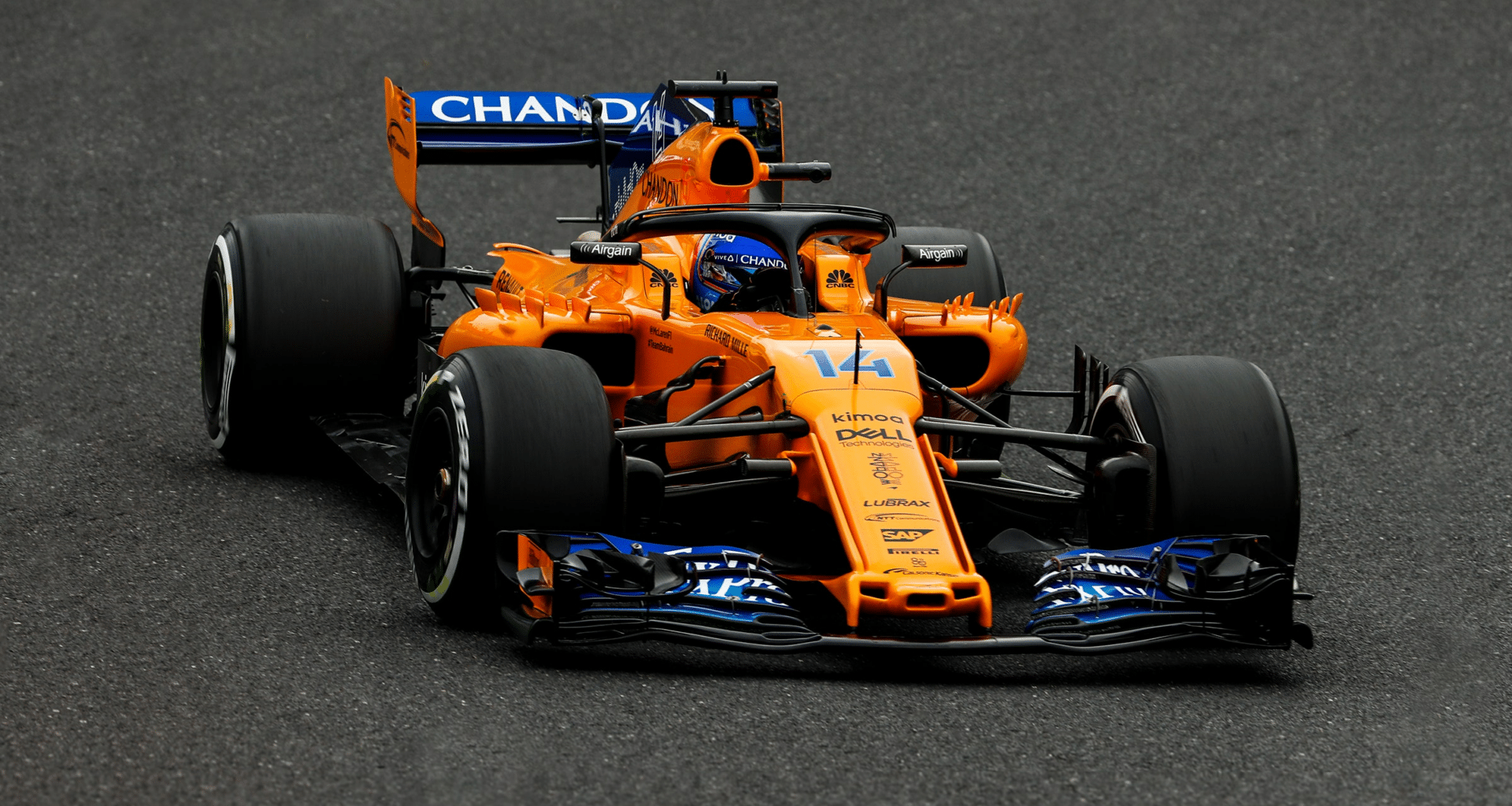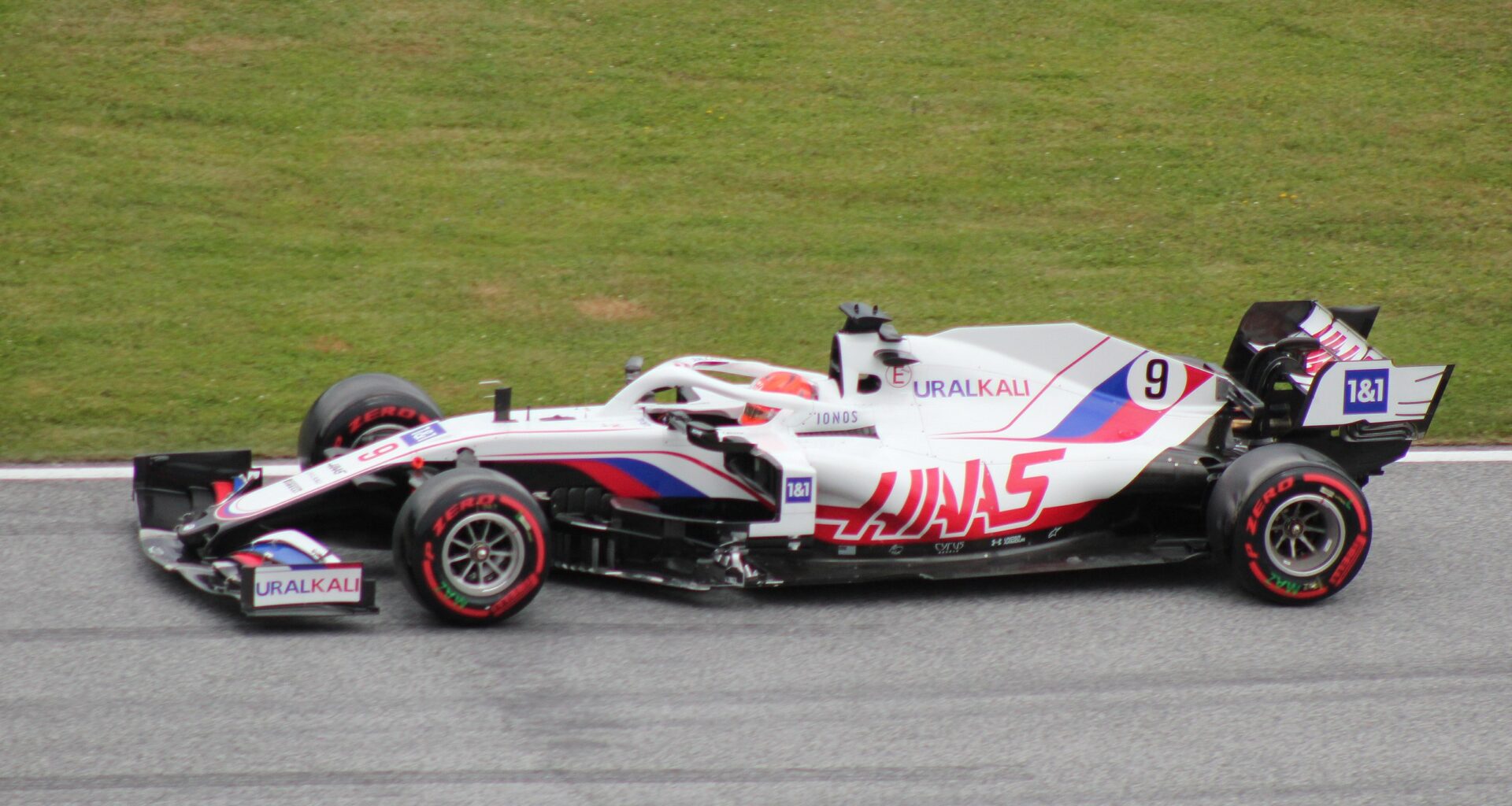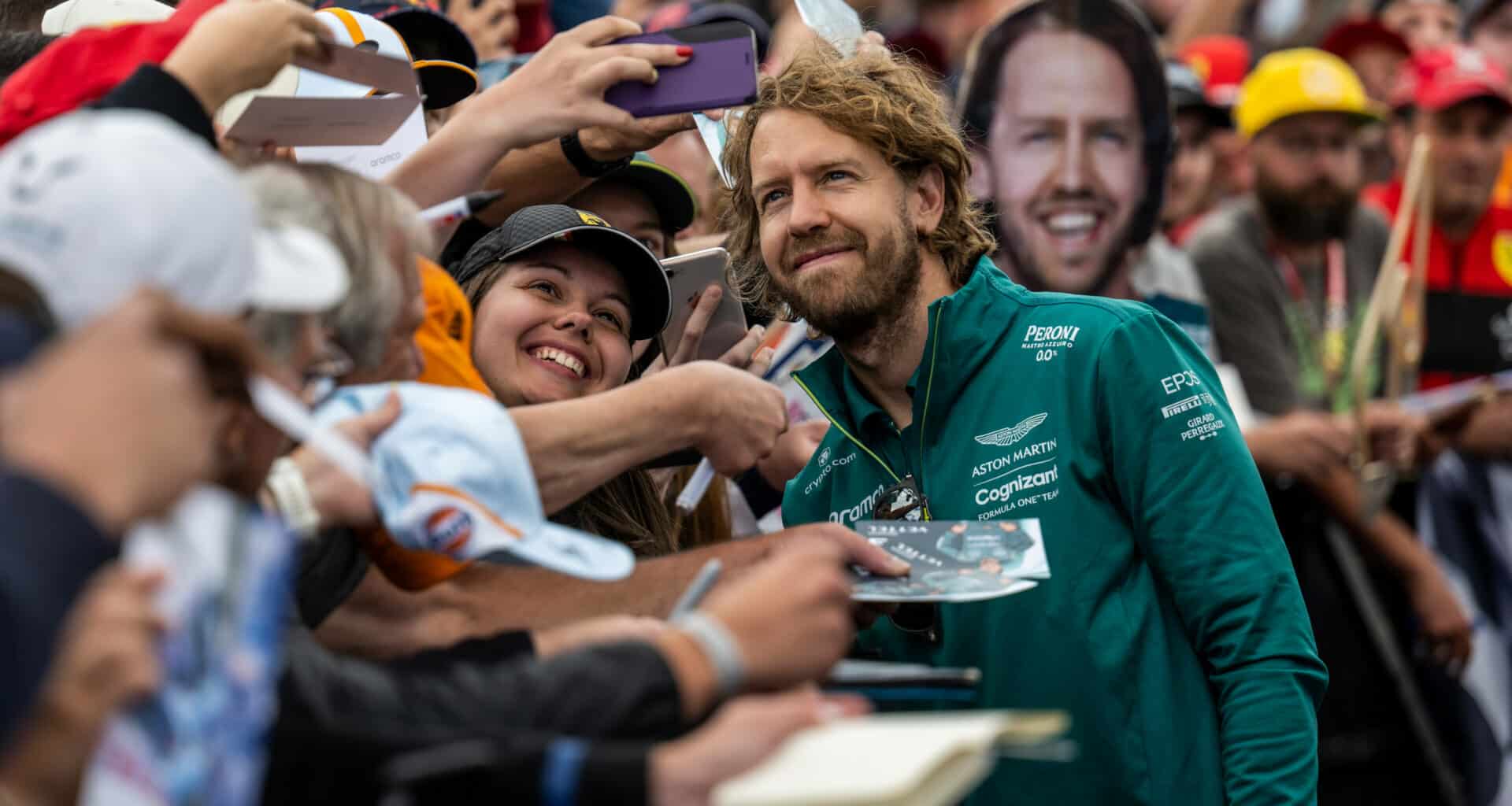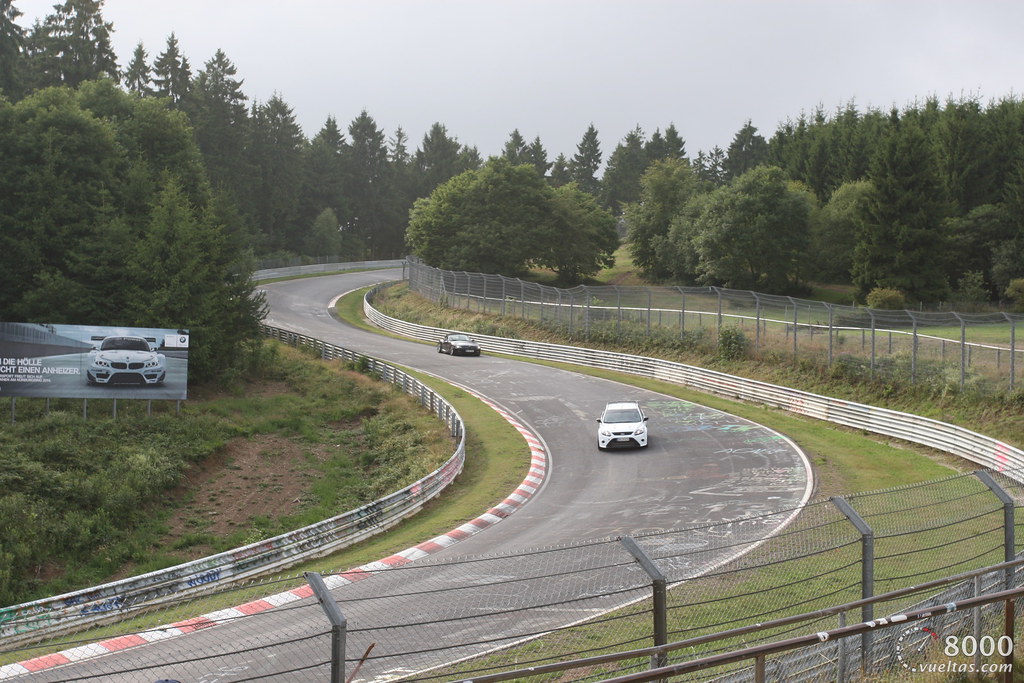The act of overtaking is difficult in Formula 1 racing. Drivers must either take chances on the track to do this, or their teams can utilize a tactic during a pit stop to get the upper hand.
This tactic is often referred to as an overcut or undercut. We’ll get more into what an overcut and undercut are, how they function, and when to utilize them in this post.
Table of Contents
What is an Overcut?
In Formula 1 racing, an overcut is a maneuver performed to pass a driver in front. It entails keeping the worn tires on the track while the driver in front of you pits, then trying to pick up the pace to pit one or two laps later so they can exit the pits ahead of the driver you were trying to overtake. This method is rarely employed since it might be challenging to drive quickly on old tires when compared to another motorist who has new tires.
It may be particularly useful during rainy races when everyone switches to typical racing condition tires like medium because these might be difficult to warm up with cold and wet conditions.
What is an Undercut?
In Formula 1 racing, an undercut is a maneuver performed to pass a driver in front. It entails sending your driver one or two circuits ahead of the car in front when they enter the pits so that your driver may exit with new tires as opposed to the worn tires of the driver in front. This tactic is increasingly often employed and is quite powerful.
When is an Overcut or an Undercut Used?
When a driver is attempting to pass another driver on the track, he or she will utilize an overcut or an undercut. It may be employed in any racing scenario, but it works best when the driver in front is on worn tires since it increases the likelihood that the driver trying to pass would be successful.
Conclusion
An overcut and an undercut are tactics employed by teams in Formula 1 racing to outperform the driver in front.
An undercut is predicting the driver in front’s arrival into the pits and putting your driver in immediately before him. An overcut entails continuing on the circuit with worn tires.
When properly applied, these techniques may be efficient and provide a driver with the advantage they need to pass the vehicle in front.
